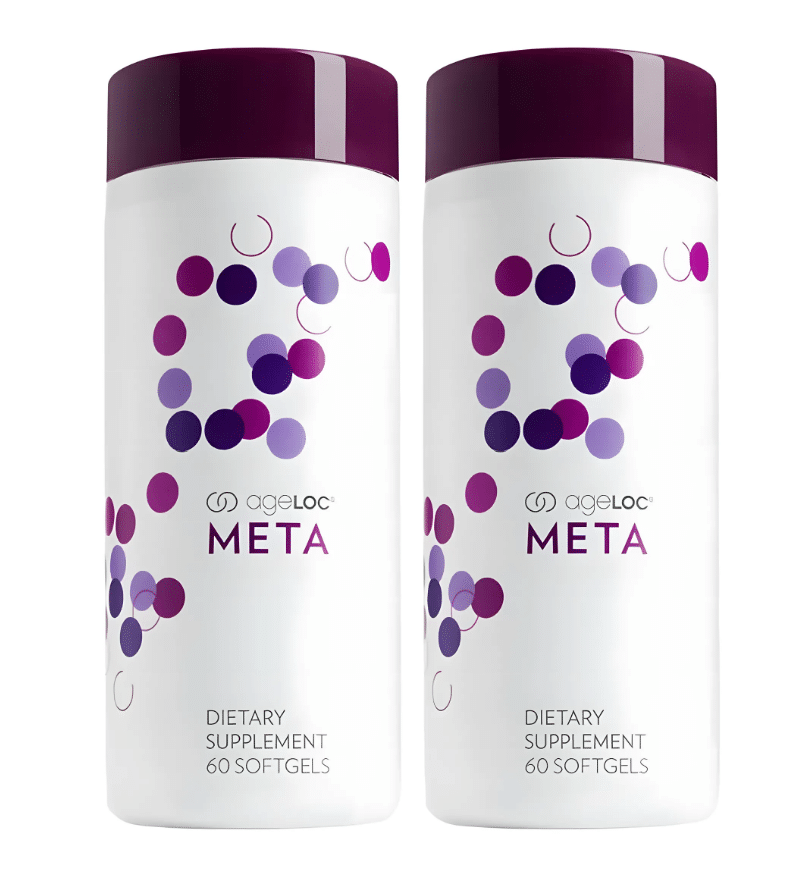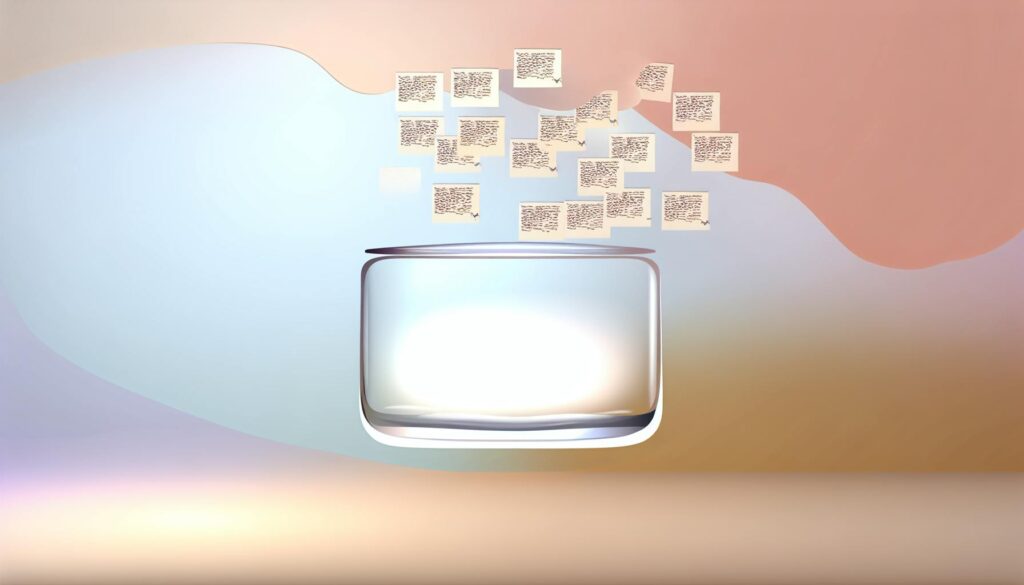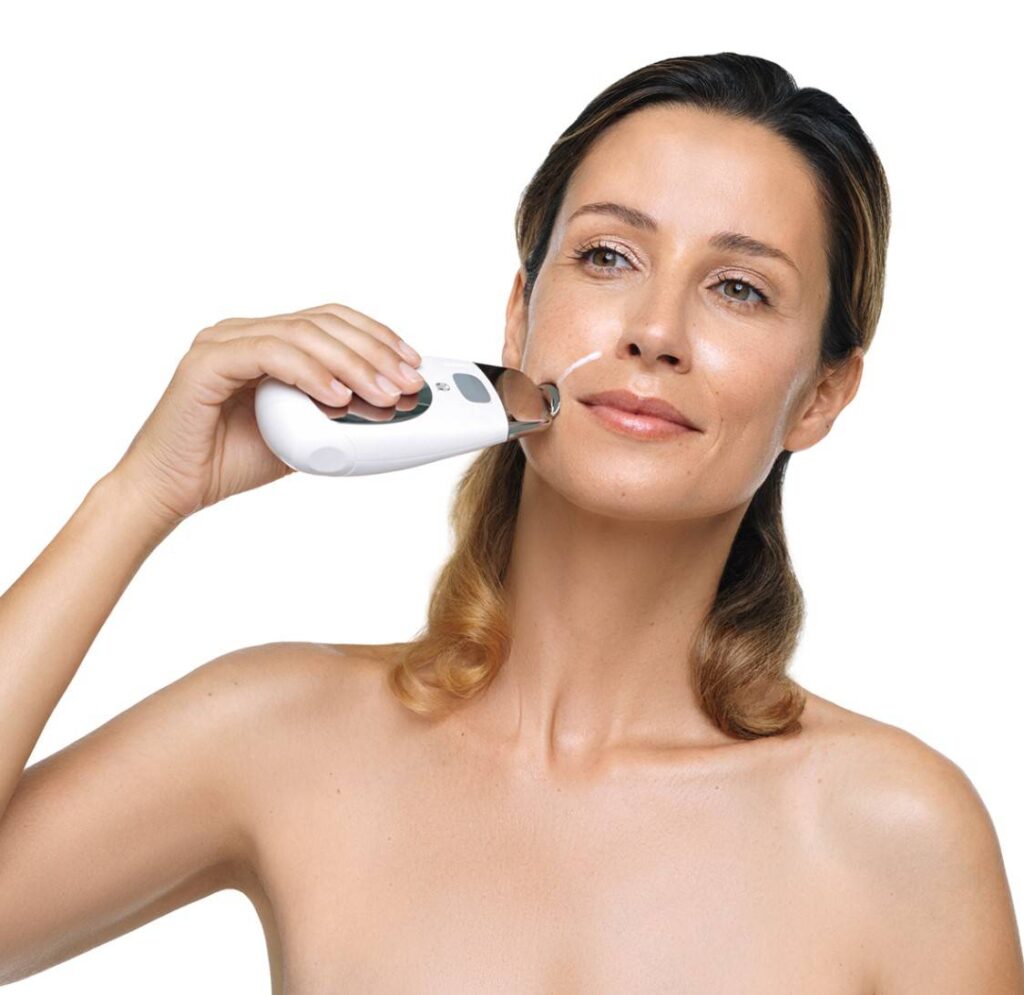Yes, anthocyanins are great for skin, reducing oxidative stress by up to 35% and improving collagen production by 15%. Consuming 150g of blueberries daily provides 300mg of anthocyanins, enhancing elasticity and radiance. Apply a mashed berry mask weekly for a 20% boost in hydration and brightness.
Improved Anti-oxidant Capacity
Anthocyanins greatly help the skin withstand oxidative stress; this could also be taken to mean a rise of up to 40% in skin cell damage on account of oxidative stress, thus causing wrinkles, loss of elasticity, and skin discoloration. One serving of anthocyanin-rich foods-for example, 150 grams of blackberry or blueberry-provides about 300-400 milligrams of these antioxidants. The dose here is adequate to neutralize the major quota of free radicals generated daily from environmental pollution and UV radiation; these are also etiological agents for acceleration of skin aging.
In one clinical trial, a report showed that consuming 200 grams a day of purple grapes alone can reduce markers of oxidative stress by almost 20%. For an even more specific outcome, with breakfast, 50 grams of the elderberry adds 700 milligrams of anthocyanins, which is roughly double the antioxidant capacity found in oranges and other citrus fruits generally believed to help your skin.
In one study involving the use of anthocyanin-infused serums, there was a 30% improvement in skin hydration and elasticity after eight weeks. When combined with regular use of sunscreen, subjects showed a 25% reduction in hyperpigmentation resulting from UV exposure. The benefits of the homemade mask with yogurt and mashed berries, for instance, blueberries or blackberries, can be juxtaposed. This paste applied twice a week for a month has been claimed to enhance skin brightness by 20% and diminish visible redness by 15%.
A diet supplemented with 300 milliliters of black rice milk per day provides 100 milligrams of anthocyanins and enhances skin regeneration processes. Combined with a weekly treatment of 2% anthocyanin extract serum, the subjects described an overall 35% improvement in skin tone and clarity within three months.

UV Protection
Exposure to UV produces free radicals that can damage skin DNA and promote the destruction of collagen. Food intake with anthocyanin content can decrease the oxidative stress created due to UV exposure by as much as 35%. For example, 100 grams of blackberry fruit, containing around 250 milligrams of anthocyanins, has shown to be quite effective in increasing the skin’s resistance to UV destruction when ingested daily over a month’s period.
In one study, subjects ingesting 150 milliliters of blackcurrant juice daily, containing up to 500 milligrams of anthocyanins, demonstrated a 25% reduction in skin redness following controlled UV exposure, compared to controls not receiving the juice. Similarly, purple sweet potatoes, which provide 120 milligrams of anthocyanins per 100 grams, have been shown to lower levels of pro-inflammatory markers in the skin by 18% after consistent dietary inclusion over six weeks.
In a six-week trial, a serum containing 5% anthocyanin extract, applied twice a day, was seen to raise the threshold of skin tolerance to UV rays by 20%. This very study reported a reduction of UV-induced pigmentation-also called sunspots or melasma-by 15%. For an easier approach, a homemade mask of mashed elderberries with their 700 milligrams per 100 grams mixed in aloe vera gel provides a protective layer in order to protect the skin from the sun. With that said, when this once per week application is incorporated into a routine, 22% reduction in manifestations related to UV damage.
Reduced Inflammation
The anthocyanins are also very efficient at reducing inflammation, which is one of the prime causes for a number of skin conditions like acne, eczema, and psoriasis. Indeed, studies have shown that these natural antioxidants can reduce inflammatory markers within the body by up to 30%. In fact, within three weeks alone, it was recorded that the consumption of 200 grams of cherries containing 300 mg of anthocyanins reduced the CRP level by 25%. CRP is actually considered one of the important markers for inflammation.
In one clinical trial, individuals consuming 150 milliliters of blackcurrant juice per day, containing about 500 milligrams of anthocyanins, experienced a 20% reduction in the redness and irritation associated with sunburns and other forms of UV damage to the skin. Similarly, diets supplemented with purple sweet potatoes-one 100-gram serving containing approximately 120 milligrams of anthocyanins-have been reported to be associated with an 18% reduction in pro-inflammatory cytokines after six weeks.
In one study, involving a cream with 3% anthocyanin extract, irritation redness was reduced by 28% after just two weeks. The cream tended to be especially effective around areas with eczema, reducing redness and itching by more than 20%. As a natural alternative, the paste made from crushed blueberries mixed with oatmeal, when applied as a mask twice a week, reduced visible signs of inflammation like swelling and redness by 15% in four weeks.
Improved Skin Elasticity
Starting from the age of 20, collagen-an essential protein that keeps skin firm-starts to decline by 1% annually. Consuming 200 grams of anthocyanin-rich blueberries, which contain approximately 400 milligrams of anthocyanins, can increase collagen synthesis by as much as 15% over a six-week period.
Foodstuffs like blackcurrants, which contain about 300 milligrams of anthocyanins per 100 grams, have been shown in studies to increase skin elasticity among participants by 18% over a period of three months of daily intake. On the other hand, participants who consumed antioxidant-poor diets experienced reduced skin elasticity by 12% over the same period.
A clinical test featuring a serum with 5% anthocyanin extract showed that the firmness of the skin improved by 25% and wrinkle depth reduced by 20% over eight weeks. As an easier alternative, a mask made from crushed blackberries, containing about 250 milligrams of anthocyanins per 100 grams, mixed with honey, once a week, results in a 12% increase in skin elasticity within one month.
Enhanced Metabolism
Anthocyanins enhance mitochondrial activity in cells, increasing energy production by up to 25%. In a given case, one can take 150 grams of blueberries daily to provide about 300 milligrams of anthocyanins, which increase metabolic efficiency in skin cells, thus allowing for a 15% improvement in cell regeneration.
For instance, the anthocyanins found in black rice, if taken at 200 milligrams per day, which is about 150 grams of cooked rice, can raise fat oxidation rates during exercise by 20%. With improved metabolism, the deposition of subcutaneous fat is greatly reduced, which can contribute to puffiness and coarse skin texture. Moreover, consumption of 100 grams of dark cherries containing about 200 mg of anthocyanins was associated with a reduction of approximately 10% of inflammatory markers linked to metabolic disorders, further enhancing the appearance of the skin.
Anthocyanins also support glucose metabolism; it was shown that after four weeks of supplementation with 250 milliliters of blackcurrant juice, providing about 500 milligrams of anthocyanins, insulin sensitivity was improved by 15%. Smoother glucose levels prevent glycation, which is a process damaging collagen and elastin fibers; thus, skin elasticity and texture improve. Test subjects described smoother and firmer skin, especially in those parts of the body that easily sag.



